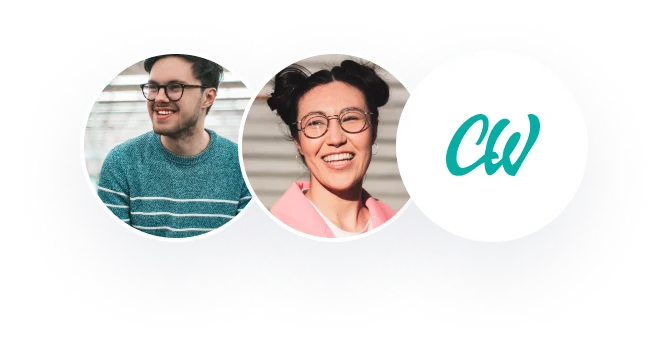Reading Assignment 9Entering and Learning Deviant Cultures and Practices: The Building of Deviant Careers and Identities
37. Drifting into Dealing: Becoming a Cocaine Seller, Sheigla Murphy, Dan Waldorf, Craig Reinarman
38. Self-Control, Peer Relations, and Delinquency, Constance L. ChappleDeviant Careers and Identities: Some Additional Forms and Shapes—Peers, Gangs, and Organizations
39. Differential Association, Multiple Normative Standards, and the Increasing Incidence of Corporate Deviance in an Era of Globalization, Verghese Chirayath, Kenneth Eslinger, Ernest De Zolt
40. Corporations, Organized Crime, and the Disposal of Hazardous Waste: An Examination of the Making of a Criminogenic Regulatory Structure, Andrew SzaszPoints Possible: 20Deliverable Length: 2-3 pagesDue: Friday, March 5, 11:55 pmAnswer two questions:1. Summarize Becker’s four-step model of deviant careers as it relates to the cocaine sellers in the study by Murphy, et al. Also, as the respondents moved deeper into the seller career path, what was the significance of “drift” (Matza) into and out of deviance for their self concept development?2. Chirayath, et al. use an updated model of differential association (combined with assumptions from the critical Frankfurt School and classical economics) to examine globalized corporate deviance. Briefly summarize their conclusions and offer your opinion about the future of such globalized wrongdoing. 3. Andrew Szasz describes the participation of organized crime in the hazardous waste disposal industry. Summarize his analysis of the criminogenic regulatory structure which enabled that participation. Focus especially on interim licensing and manifest oversight. What is the most significant roadblock to ending this form of organized crime? PLEASE INCLLUDE REFERENCES
The Evolution of U.S. Global Engagement/df1r
The United States and Global Engagement: A Historical and Personal Analysis [Your Name] [Date] The engagement of the United States with the world has taken various forms throughout history, encompassing political, economic, and military interactions. From early diplomatic efforts to contemporary international relations, these engagements have shaped global dynamics in significant ways. One crucial aspect […]
